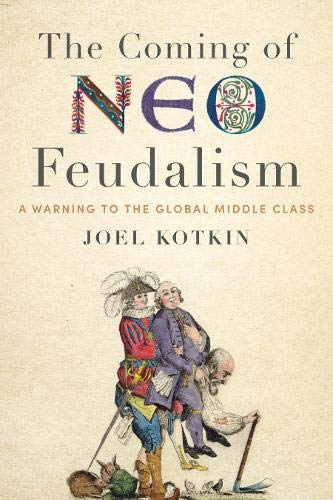In this miserable COVID-19 spring, it’s tempting for remote workers to vent our frustrations with being hemmed in, forced to stare at screens while unable to do much else other than walk around the block or go to Costco. Yet the pain felt by the teleworking middle class is dwarfed by that of working-class Americans. read more »
Urban Issues
The Virus's Uneven Path
- Login to post comments
Why This New Yorker Returned to the Midwest
New Urbanism Editor Lewis McCrary's Note: Before the pandemic changed the urban landscape of American life, the last two decades have seen a familiar dynamic: the coastal cities have recorded dramatic increases of wealth as highly-educated workers concentrate in a few major metro areas, including New York, San Francisco, and Washington. read more »
- Login to post comments
Apps For Minimizing Exposure Densities
As much of the world begins reopening from lockdown, it will be important for all of us to observe the extraordinary cautions to prevent exposure to the COVID-19 virus, both for ourselves and the people around us. There are already tracking applications that will help identify the source of infections, which is important for both reducing future exposures and the critical research to inform the most effective responses in future pandemics. But more important will be efforts to avoid infection in the first place. read more »
- Login to post comments
The Coronavirus Is Also Spreading a Dark New Era of Neo-Feudalism
Adapted from The Coming of Neo-Feudalism (Encounter Books).
The COVID-19 pandemic is accelerating the global shift already underway towards a neo-feudal society. With the middle-class economy largely shut down and, in the best-case scenario, in for a long and painful recovery, the population that is barely hanging on is expanding rapidly in America and around the world. read more »
- Login to post comments
Blue City Lockdowns Obscure COVID's Root Causes
It will be months, likely years, before we understand how COVID-19 has reshaped our communities. Yet there is enough data, based on just the last three months, to get some notion of what areas and populations are most vulnerable. read more »
- Login to post comments
The Future of Residential and Commercial Real Estate
What is the future of real estate after Covid-19? Please join Richard Florida, Joel Kotkin, Marshall Toplansky and other leading experts to see where the real estate market is going. We will be discussing issues including the future of office space, retail, affordable housing, inner cities, suburbs and small towns. read more »
- Login to post comments
Culture and Coronavirus: Pohang Journal
Korea’s success, to date, in limiting the spread of the new coronavirus without extensive lockdowns has been widely acknowledged. A May 6, 2020 Atlantic article provides an excellent description of the “trace, test and treat” system employed here. The text messages used to trace new infections are even more detailed than described. read more »
- Login to post comments
The Sad State of LA Transit
Once widely seen in the media as “the next great transit city”, the Los Angeles area’s rapid transit boom was turning to a bust — and well before the Covid19 crisis. As we can see below, transit ridership in greater Los Angeles, the nation’s densest urban region, has been declining for years, and things are not likely to get much better with the impact of the pandemic. read more »
- Login to post comments
The New Geography of America, Post-Coronavirus
When there is a general change in conditions, it is as if the entire creation had changed, and the whole world altered — Ibn Khaldun, 14th Century Arab historian read more »
- Login to post comments
Domestic Migration to Dispersion Accelerates (Even before COVID)
In what could turn out to be a “dry run” for the post-COVID19 era, net domestic migration has strongly shifted away from the larger metropolitan areas, to smaller areas. This “sea-change” has occurred since 2015, according to the latest Census Bureau estimates. Domestic migration is reported by the Census Bureau when a resident or household moves from one US county to another (No migration below the county level is reported in Census Bureau population estimates). read more »
- Login to post comments






















